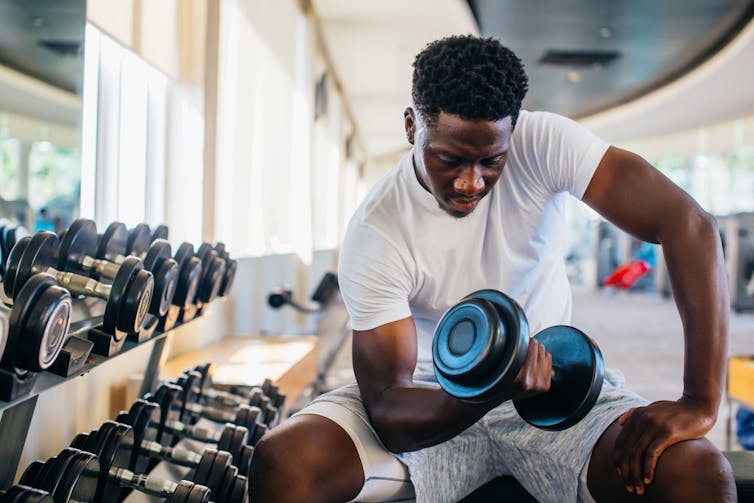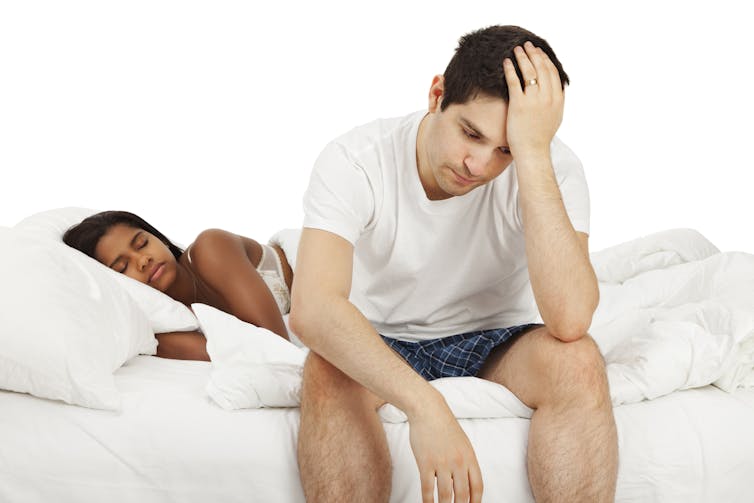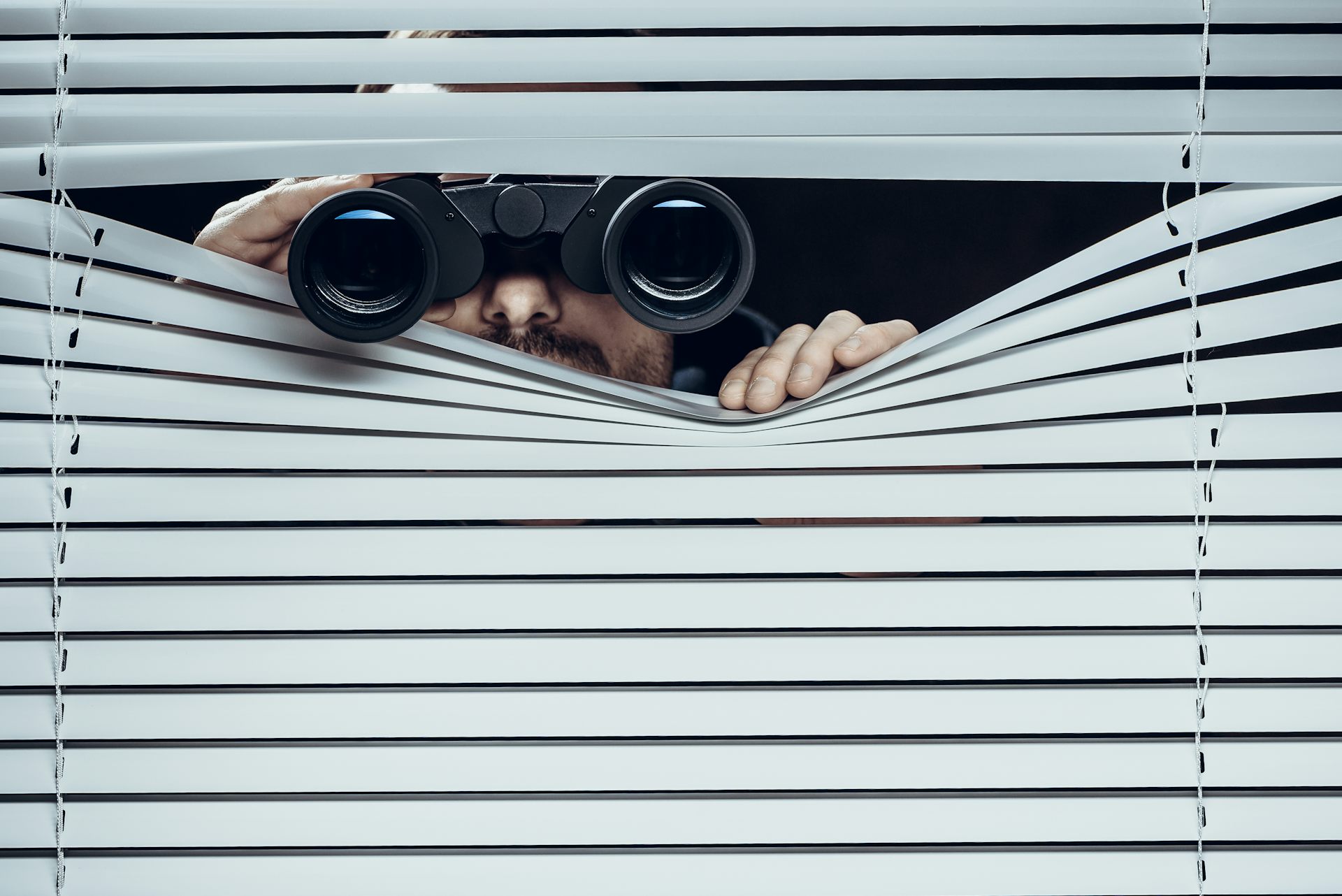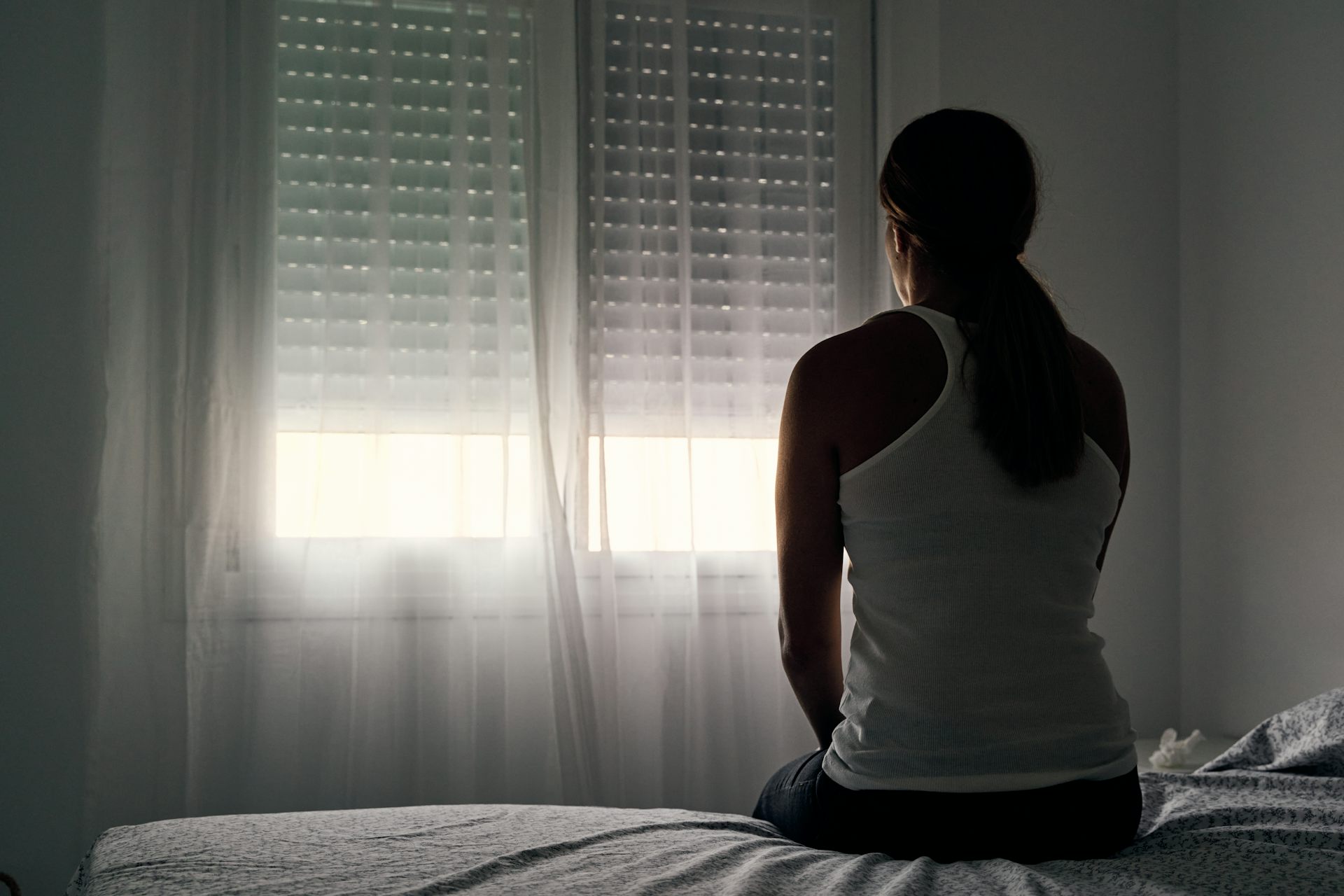If sitting at a desk all day is bad during coronavirus, could I lie down to work instead?
Couch potatoes are always looking for a way out.

Most of us have heard that too much sitting is bad for you. Studies show sitting increases the risk for cardiovascular disease and mortality, Type 2 diabetes and cancer.
With Americans more sedentary than ever, that’s particularly alarming. Even before COVID-19, many of us had managed to engineer physical activity out of our lives. But now, the pandemic has made things worse. Going outside less, missing the gym, working from home and countless hours on Zoom has meant, for most of us, even more sitting.
One question that occasionally comes up about this, perhaps from couch potatoes looking for a loophole, or maybe just those who prefer a more precise definition: Is reclining better? Instead of sitting upright (or slumped over) at a desk all day, is it somehow healthier to lie on the sofa, or relax in a hammock, or lean back in the easy chair? After all, your body is positioned differently. Does that distinction matter?
As an exercise physiologist, I can give you a short answer to that: No. (Sorry.) And instead of “sitting,” maybe we should use the term “sedentary behavior,” which is any waking behavior (note the word “waking”) that’s associated with low levels of energy expenditure. That includes sitting, reclining or lying down, according to the 2018 Physical Activity guidelines.

Move, move, move
Does physical activity help reduce, even eliminate, the negative impact of sedentary behavior? A 2016 study reviewed data from more than 1 million men and women. Those who sat a lot, and had little moderate or vigorous physical activity, had the highest risk of mortality from all causes. Those who sat only a little, and had high levels of moderate or vigorous physical activity, had the lowest risk.
What about someone in between? Someone who sits a lot but also engages in plenty of physical activity? The findings show mortality risk decreases as long as physical activity increases, regardless of sitting time. But the best way to go: high levels of activity, low levels of sedentary behavior.
How much activity do you need? The current estimate is 60 to 75 minutes a day of moderate activity, or 30 to 40 minutes of vigorous activity; do at least one of the two.
Physical activity: Good for everyone
Now let’s define physical activity: body movements that require energy expenditure, according to the World Health Organization. That covers plenty of ground: Any movement while working or playing counts, whether chores around the house or walks around the neighborhood. Your benefits from this activity begin immediately, and any amount helps. It doesn’t matter if you’re very young, very old or if you have chronic disabilities.
Notice I haven’t yet used the word “exercise” – until now. Exercise, obviously, is a type of physical activity, structured to improve flexibility, balance and speed, along with cardio and muscular fitness. It’s one of the best things you can do to improve your health and quality of life.
Benefits include a lower risk of mortality from all causes: heart disease, stroke, Type 2 diabetes, cancer, obesity, hypertension and osteoporosis. Your brain health will be better, perhaps enough to help ward off depression, anxiety, dementia and Alzheimer’s. And your sleep will improve.

Sleep on it
About sleep: The sedentary behavior referenced earlier does not include sleep. For optimal health, sleep is an absolute must.
Everyone is compromised by sleep deficiency, sometimes known as short sleep, or fewer than six hours per day. Difficulties with behavior, emotional control, decision-making and problem-solving are just some of the effects in people of all ages.
Poor sleep can also affect the immune system in people of all ages, leading to vulnerability to infections. It can be a factor in suicide, depression and high-risk behavior. And poor sleep also promotes obesity; essentially, a deficiency increases your “hunger hormone” (ghrelin) and decreases the “satiety hormone” (leptin). This makes you more likely to overeat.
In adults, sleep deficiency is associated with an increased risk of heart disease, high blood pressure, stroke and kidney disease. Adults need seven to eight hours per day.
[Get our best science, health and technology stories. Sign up for The Conversation’s science newsletter.]
Kids also suffer when they do not get enough sleep. Lack of sleep slows the release of growth hormone. Teens need 8-10 hours of sleep, and children age 6-12 need 9-12 hours.
Physical activity and good sleep go hand in hand. Moderate to vigorous activity lets you fall asleep faster and get more deep sleep; it reduces daytime sleepiness and use of sleep medications.
The science of sedentary behavior is not settled. Definitive public health guidance cannot yet be provided. But for now, while awaiting a more robust database, it’s reasonable to offer this advice: Don’t skip on sleep. Engage in more physical activity, including exercise. Sit (and recline) less. And when at the desk or in the hammock – about every half-hour – get up for a few minutes and take a walking break.
Arthur L. Weltman does not work for, consult, own shares in or receive funding from any company or organization that would benefit from this article, and has disclosed no relevant affiliations beyond their academic appointment.
Read These Next
2025’s words of the year reflect a year of digital disillusionment
From AI slop to rage bait, to the cryptic ‘6-7,’ this year’s slate captures a growing sense that…
Labeling dissent as terrorism: New US domestic terrorism priorities raise constitutional alarms
A new Trump administration policy threatens free speech and association by targeting individuals and…
Flat Earth, spirits and conspiracy theories – experience can shape even extraordinary beliefs
Conspiracy thinking, supernatural beliefs and pseudoscience can seem impervious to evidence. An anthropologist…






